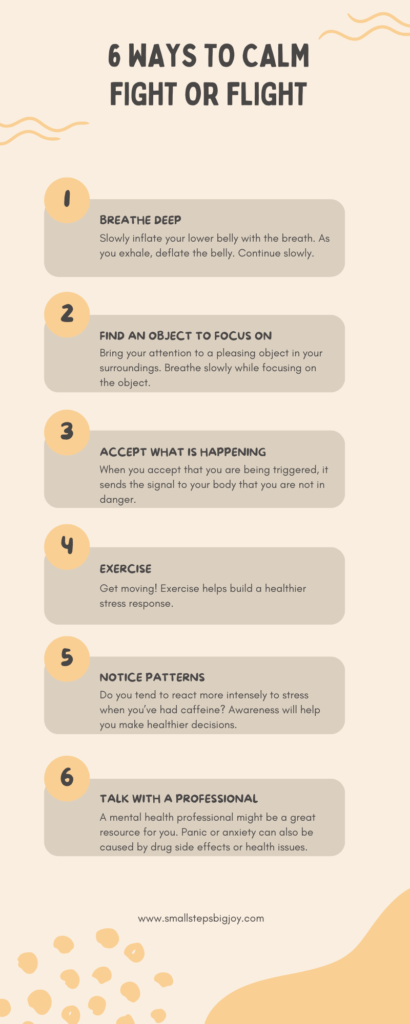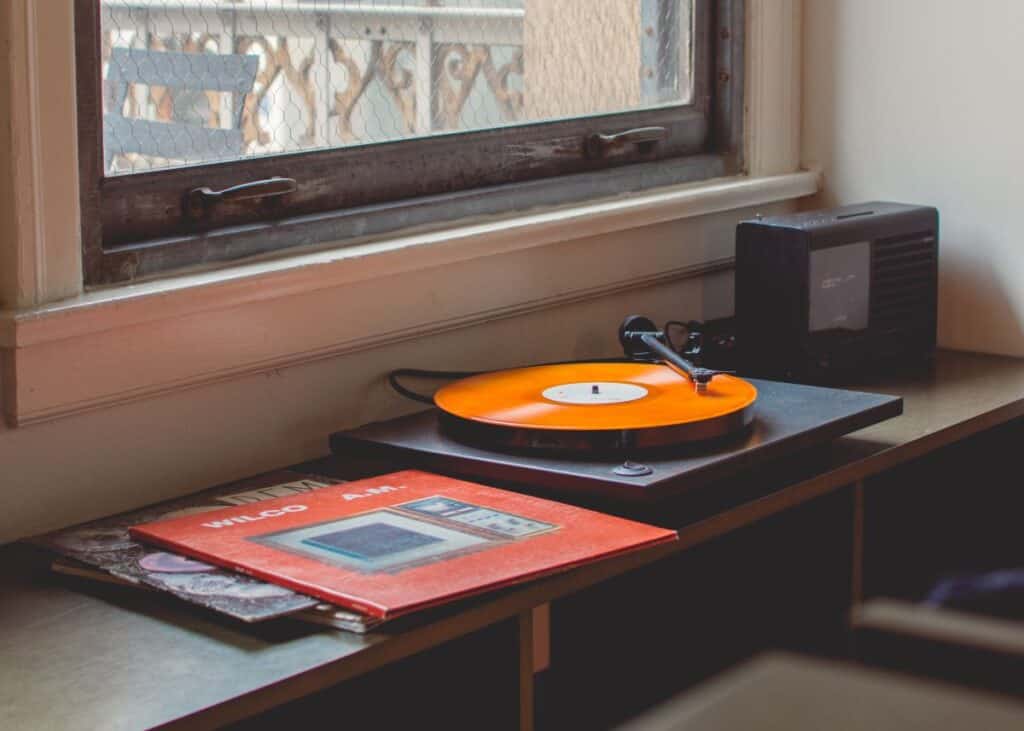
Fight or flight is real, and it happens every day.
You’re driving to work. Out of nowhere, a car drives up behind you, uncomfortably close to your rear bumper. You try speeding up a little, but they’re on your tail. Thankfully as you approach a light, they accelerate and swerve around you, speeding off through the yellow light.
While the incident only lasted a few minutes, your heart rate stays elevated and your breath is shallow. Not to mention, it put you in a bad mood before your workday even started.
Understanding Fight or Flight
Though you are likely familiar with the fight or flight response, you might not realize that while you’re experiencing stress, other beneficial bodily functions get put on hold.
For example, your digestion slows down. Your memory is derailed, and your immunity takes a nap.
Yes, hypervigilance and adrenaline were useful back in the days of saber-toothed tigers. It’s not that helpful on Sunday night when work dread sets in. Suddenly your heart rate goes up, your thoughts go on a negative spin cycle, and you’re lying awake in bed. This is a situation all too familiar to most of us!
When automatic responses dominate your days, it’s almost like an addiction. It only gets harder to return to a calm state after a perceived stressful event. That’s why it’s essential to find ways to relieve stress that work for you.
Breaking the Cycle of Fight or Flight at Work
The fast-paced workplace is not going away any time soon. If you’re searching for work, you’ll notice immediately: every other job description asks for employees who can work in a “fast-paced” work environment. Employers want employees who are “able to multitask” in a “high-pressure environment”.
Most mindfulness techniques will help at work. Deep breathing, finding ways to focus on only important work, and taking time to slow down and experience your senses all help at work.
No matter where you work or what you do, with the right tools and techniques, you can navigate almost any situation with grace.

6 Powerful Ways to Hack Your Fight or Flight Response
One of the best ways to counteract the fight or flight response? Consciously doing the opposite of what your sympathetic nervous system tells you to.
For example, the sympathetic nervous system increases your breathing rate. That means when you breathe faster, your breathing gets shallow. Based on research, you should actively counteract the fight or flight response by taking slow, deep abdominal breaths (Perciavalle et al., 2017).
I made a cheat sheet with 6 ways to calm the fight or flight response. Each of the topics could be their own blog post! For now, check them out and see if any of these proven methods resonate with you today. The 6 ways are: Breathe deep, find an object to focus on, accept what is happening, exercise, notice patterns, and talk with a profession.

One of the methods for calming fight or flight response deserves more explanation. Acceptance.
Acceptance and Moving Forward
I want to be clear that you don’t have to accept your situation if you’re experiencing terrible things. For example, if you are in a physically or mentally unsafe environment, priority #1 is your safety and health.
Worrying about your fight or flight response while it is happening might send more signals to the brain that you are in danger. As a result, this will increase the response.
In the case of panic attacks, people think that their panic attacks will harm them. Once that thought occurs, the attack continues. It’s counterintuitive, but when you accept the sensations of the fight or flight response, typically you can make progress so you reduce them in the future. (Levitt et al., 2004).
Accepting a mild to moderate panic attack in the moment might look like this: “I’m having a panic attack. I know this is a panic attack and it will pass.” Not surprisingly, this mental response combined with breathing techniques will often help your breathing and other physical symptoms to return to a regulated state. Afterward, make sure to be extra kind to yourself. As always, if you experience severe panic attacks, consider seeing a professional for expert support.
Exercise: Focus On An Object

Try to be aware of situations that trigger your fight or flight response.
In addition, know the physical symptoms that tell you you’re feeling triggered.
When you feel the feelings, look for a pleasing object in your surroundings. Let your gaze rest on it. Now, mentally express gratitude for the object’s pleasant qualities.
Slow your breath as you focus on the object, breathing in calm feelings and letting anxiety flow out and disperse with the exhale.
References
- Britannica, T. Editors of Encyclopaedia (2019, August 12). Fight-or-flight response. Encyclopedia Britannica. https://www.britannica.com/science/fight-or-flight-response
- Curtis, B. M., & O’Keefe Jr, J. H. (2002, January). Autonomic tone as a cardiovascular risk factor: the dangers of chronic fight or flight. In Mayo Clinic Proceedings (Vol. 77, No. 1, pp. 45-54).
- Levitt, J. T., Brown, T. A., Orsillo, S. M., & Barlow, D. H. (2004). The effects of acceptance versus suppression of emotion on subjective and psychophysiological response to carbon dioxide challenge in patients with panic disorder. Behavior Therapy, 35(4), 747-766.
- Perciavalle, V., Blandini, M., Fecarotta, P., Buscemi, A., Di Corrado, D., Bertolo, L., Fichera, F. & Coco, M. (2017). The role of deep breathing on stress. Neurological Sciences, 38(3), 451-458.
- Salmon, P. (2001). Effects of physical exercise on anxiety, depression, and sensitivity to stress: a unifying theory. Clinical Psychology Review, 21(1), 33-61.


